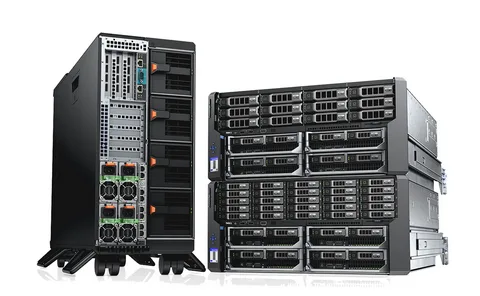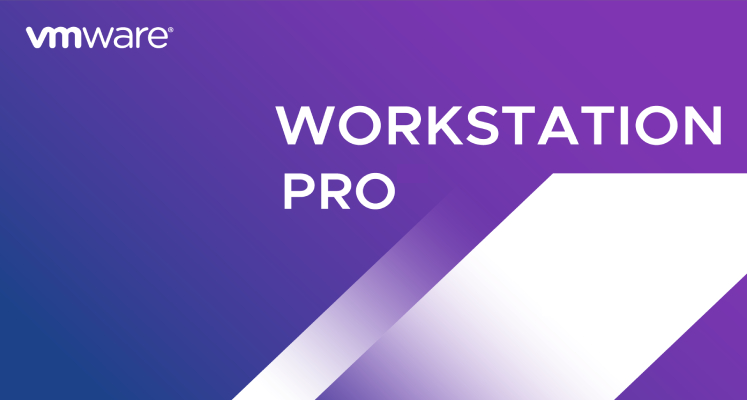How to Use Virtual Machines to Enhance Server Resource Utilization?

In today’s fast-paced technological landscape, organizations are continually seeking ways to optimize their Best server resource utilization. Virtual machines (VMs) have emerged as a powerful solution for improving efficiency and maximizing the use of server resources. By enabling the creation of multiple virtual environments on a single physical server, virtual machines allow businesses to run various operating systems and applications concurrently. This article explores how to leverage virtual machines to enhance server resource utilization effectively.
Understanding Virtual Machines
Virtual machines are software-based emulations of physical computers, allowing multiple operating systems to run on a single physical server. Each VM operates independently, with its own set of resources, including CPU, memory, storage, and network interfaces. This separation provides flexibility and scalability, enabling organizations to allocate resources based on specific needs.
The ability to run multiple VMs on a single server not only reduces hardware costs but also simplifies management. Administrators can quickly deploy, clone, or migrate VMs, making it easier to adapt to changing workloads or perform maintenance tasks without significant downtime.
Benefits of Using Virtual Machines for Resource Utilization
One of the primary advantages of using virtual machines is the increased resource utilization they provide. Traditional server setups often suffer from underutilization, where physical servers are not fully leveraged. Virtualization addresses this issue by allowing organizations to consolidate workloads onto fewer physical servers. This consolidation leads to improved resource allocation and reduced energy consumption, contributing to a more sustainable IT environment.
Additionally, VMs can be easily scaled up or down based on demand. During peak periods, organizations can allocate additional resources to specific VMs to ensure optimal performance. Conversely, during quieter times, resources can be reallocated to other VMs that require them. This dynamic resource allocation enhances overall efficiency and responsiveness to business needs.
Implementing Virtual Machines Effectively
To maximize the benefits of virtual machines, organizations should adopt best practices when implementing virtualization strategies. Proper planning is essential for ensuring that VMs are configured to meet performance expectations. This includes selecting the right hypervisor, which is the software that creates and manages VMs, as well as establishing clear resource allocation policies.
Resource allocation should be based on workload characteristics. For instance, compute-intensive applications may require more CPU resources, while memory-intensive applications might benefit from increased RAM allocation. Organizations must carefully assess their workloads to ensure that resources are distributed optimally among the VMs.
Monitoring the performance of virtual machines is equally important. Organizations should implement tools that provide insights into resource usage, performance metrics, and potential bottlenecks. Regular monitoring allows administrators to identify underperforming VMs and make necessary adjustments to enhance overall server devices resource utilization.
Enhancing Security with Virtual Machines
In addition to optimizing resource utilization, virtual machines can enhance security within an organization. By isolating applications and workloads in separate VMs, organizations can minimize the impact of potential security breaches. If a VM becomes compromised, the attack can be contained within that virtual environment, preventing it from spreading to other systems.
Furthermore, VMs can be used to create secure testing environments for software development and quality assurance. Developers can run applications in isolated VMs without risking the stability of production systems. This approach allows for thorough testing of new software or updates before deployment, reducing the likelihood of introducing vulnerabilities into the production environment.
Challenges and Considerations
While virtual machines offer numerous benefits for enhancing server resource utilization, organizations must also consider potential challenges. Over-provisioning resources can lead to performance degradation, where too many VMs compete for limited resources. To avoid this, organizations should maintain a balance between the number of VMs and the physical resources available.
Another consideration is the management of virtual machines. As the number of VMs increases, so does the complexity of managing and monitoring them. Organizations should invest in management tools that facilitate VM lifecycle management, performance monitoring, and resource allocation.
Future Trends in Virtualization
The future of virtualization holds exciting possibilities for further enhancing server resource utilization. Technologies such as containerization are gaining traction, allowing organizations to run applications in lightweight, isolated environments. Containers can be more efficient than traditional VMs, providing a way to optimize resource utilization further.
Additionally, the integration of artificial intelligence and machine learning into virtualization platforms is expected to improve resource management. These technologies can analyze usage patterns and dynamically allocate resources based on predicted workloads, ensuring optimal performance and efficiency.
Conclusion
Using virtual machines to enhance server system resource utilization offers organizations a pathway to greater efficiency, cost savings, and improved security. By consolidating workloads, dynamically allocating resources, and implementing effective monitoring strategies, businesses can maximize their server capabilities. As virtualization technologies continue to evolve, organizations that embrace these solutions will be better positioned to meet the demands of the modern digital landscape.



